Public transportation has always been a reflection of society’s progress—mirroring advancements in technology, urban development, and environmental awareness. From horse-drawn carriages to electric trams, each era has brought fresh solutions tailored to the changing needs of cities and their inhabitants. Today, as urban populations swell and climate concerns intensify, the focus is shifting towards smarter, greener, and more adaptable transit systems. Designers and innovators are reimagining public transportation not just as a means to get from point A to point B, but as dynamic, sustainable ecosystems that blend cutting-edge technology with thoughtful, human-centered design.
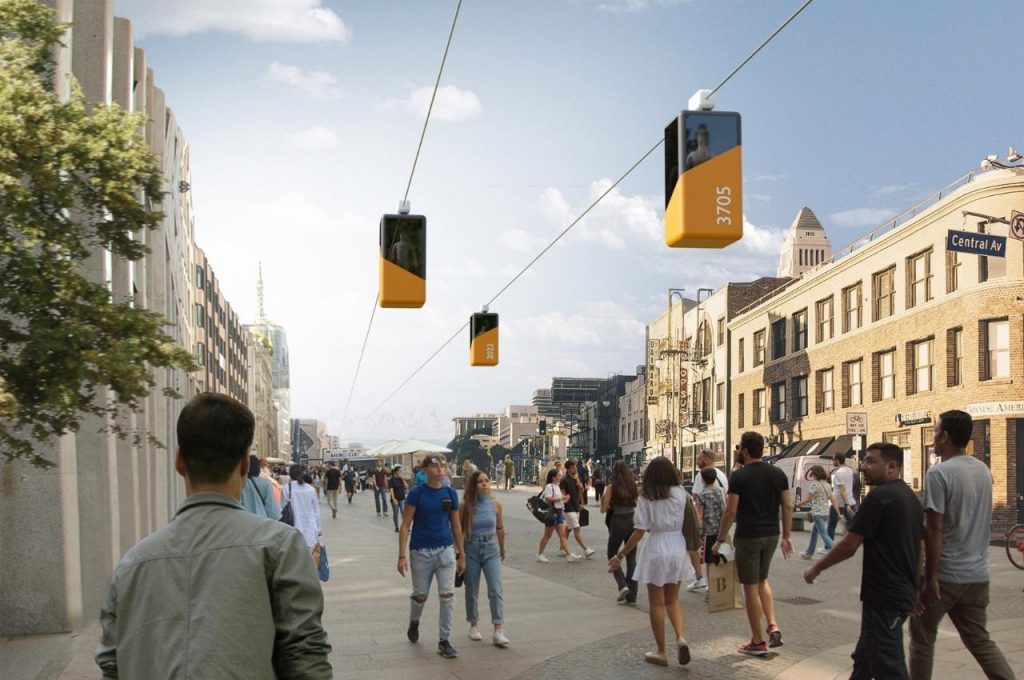
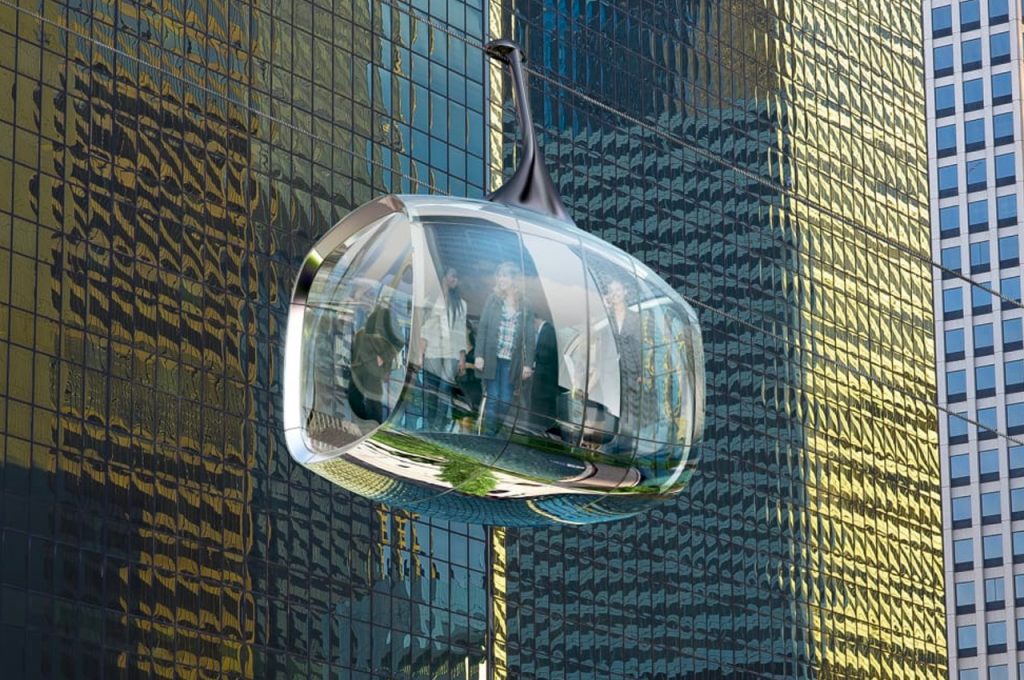
Cable A Gondola by Atelier Schall
In a bold reimagining of urban mobility, Paris has approved a visionary proposal to introduce an aerial gondola line designed to shuttle 11,000 passengers daily from the suburb of Villeneuve-Saint-Georges to the city’s bustling Metro line 8. This 4.5-kilometer electric-powered gondola system, developed collaboratively by Atelier Schall, Doppelmayr France, and other key partners, exemplifies a fresh approach to solving the persistent challenges of urban transit. Departing from traditional underground subways, the Cable A Gondola leverages the city’s vertical space, elevating commuters above congested streets and hilly terrain to offer a swift, uninterrupted connection that integrates seamlessly with Paris’s existing metro infrastructure.
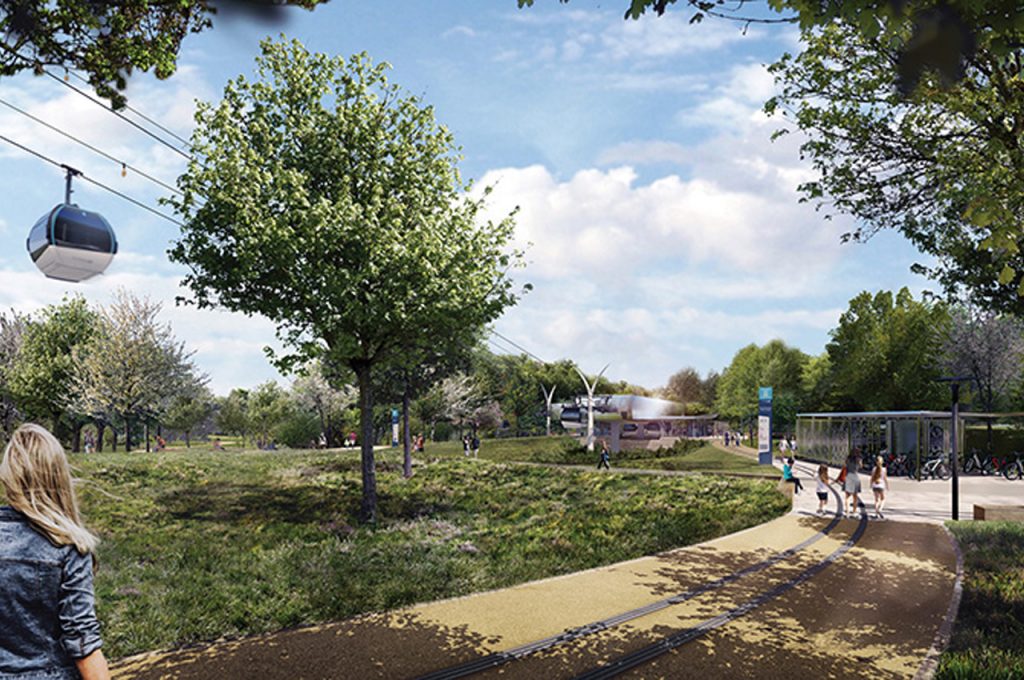
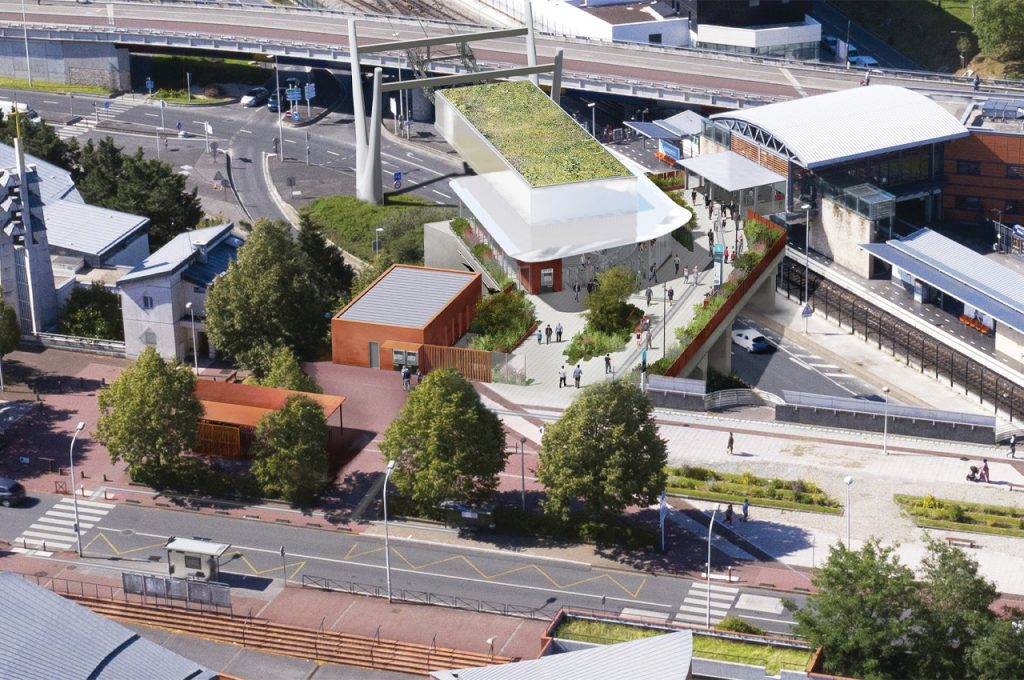
Cable A Gondola by Atelier Schall
Conceptually, the project redefines public transportation by embracing an aerial route that navigates complex geography and urban density with remarkable efficiency. Unlike conventional modes requiring costly tunneling or expansive roadways, the gondola system is lightweight and adaptable, capable of weaving through hard-to-reach residential areas without major disruption to the city’s fabric. This innovative transit “filler” bridges the last-mile gap, ensuring suburban commuters have direct, reliable access to the city’s metro system, thereby enhancing connectivity and reducing dependency on automobiles in a city famed for its dedication to public space and heritage preservation.
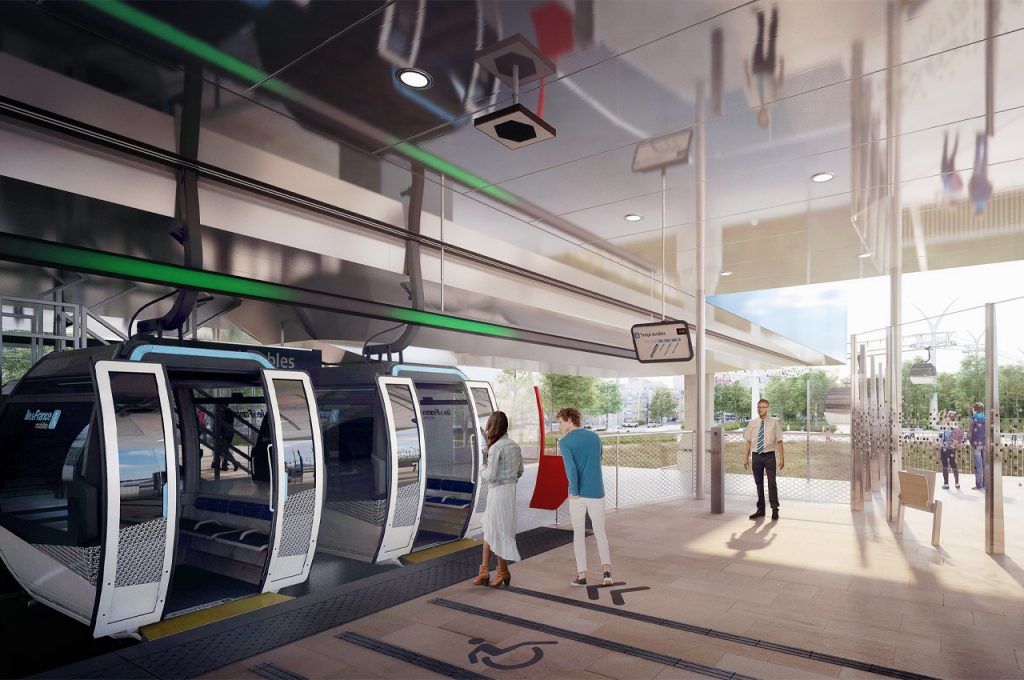
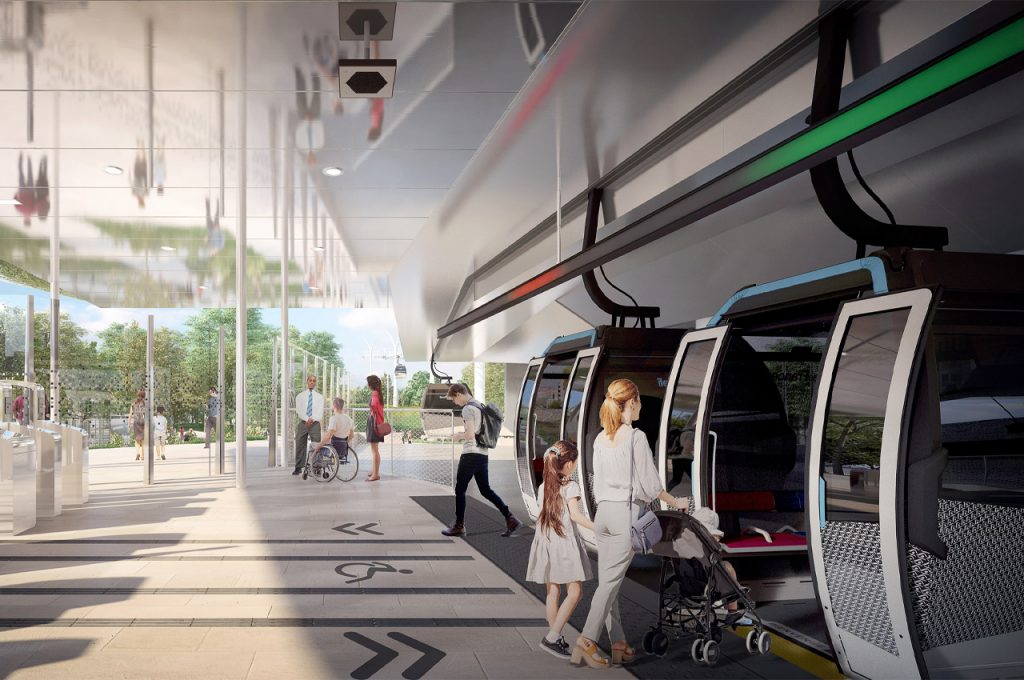
Cable A Gondola by Atelier Schall
Sustainability is at the core of this design, as the electric gondolas produce minimal noise and zero direct emissions, marking a significant step forward in eco-conscious urban planning. With a projected investment of $149 million, the Cable A Gondola represents not just an affordable alternative to traditional infrastructure like bridges and tunnels but also a symbolic elevation of green transit. As the world’s cities grapple with growing populations and environmental imperatives, Paris’s aerial gondola signals a new era where innovation in design meets sustainability and urban necessity in perfect harmony.
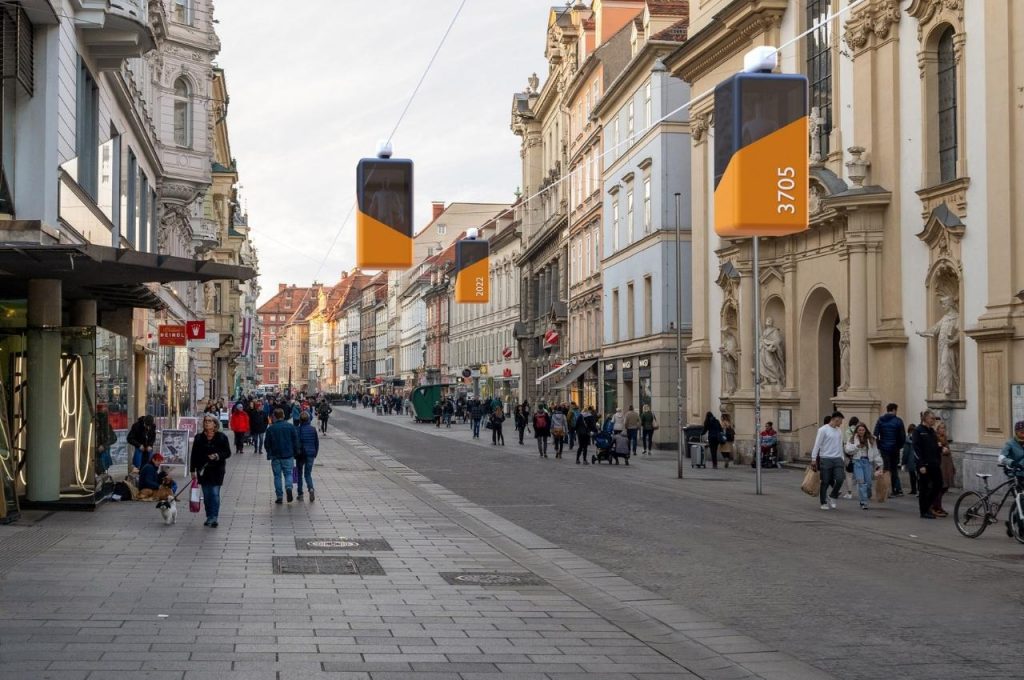
Halfgrid by Half Company (also header image)
If the Cable A Gondola represents a collective, eco-friendly solution rooted in infrastructure and accessibility, the next innovation pushes the envelope into individual, on-demand mobility. Bulgaria-based design studio Half Company offers an inventive alternative that promises to elevate urban mobility—literally. Their visionary system, Halfgrid, proposes a city-wide network of individual, person-sized capsules that glide silently along suspended cables above the chaotic streets. Powered by artificial intelligence, these pods provide a flexible, on-demand transit option that removes passengers and goods from congested roadways, freeing ground-level space and rethinking how we navigate dense urban environments.
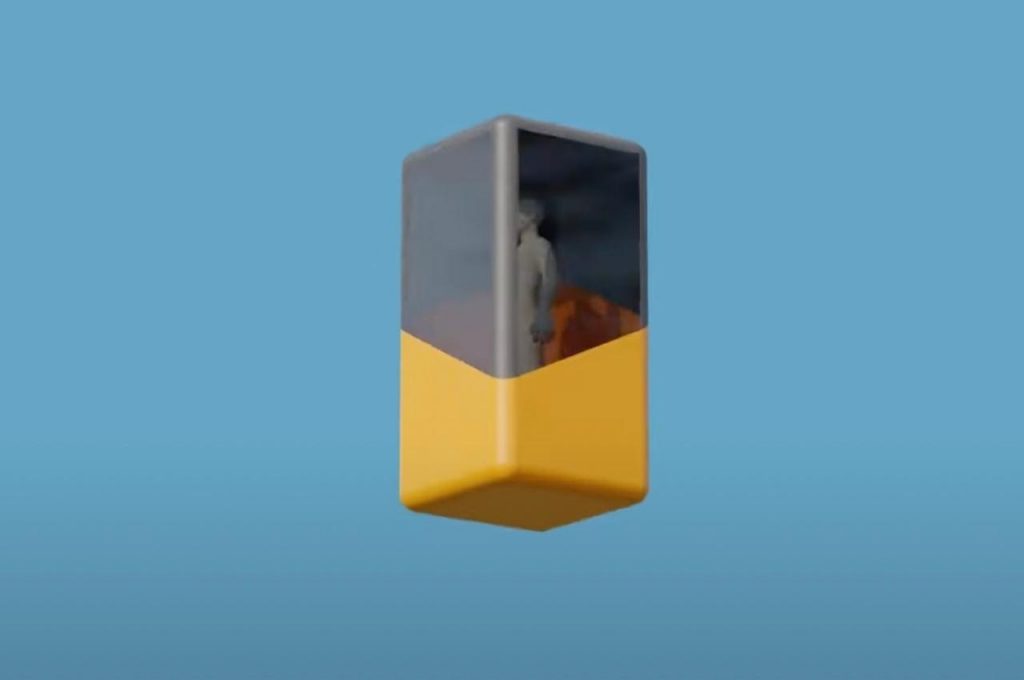

Halfgrid by Half Company
What sets Halfgrid apart is its modular, decentralized design: unlike traditional cable cars, which move entire groups along fixed routes, each capsule can travel independently to personalized destinations. The system uses static cables suspended across the cityscape, with pods moving along tensioned steel ropeways, controlled via an intuitive app. This means riders—or deliveries—can summon a pod much like booking a rideshare, enjoying direct, point-to-point travel with minimal waiting. By separating the vehicles from the cable infrastructure, Halfgrid offers a scalable, flexible solution that adapts to the unpredictable flows of a dynamic city.
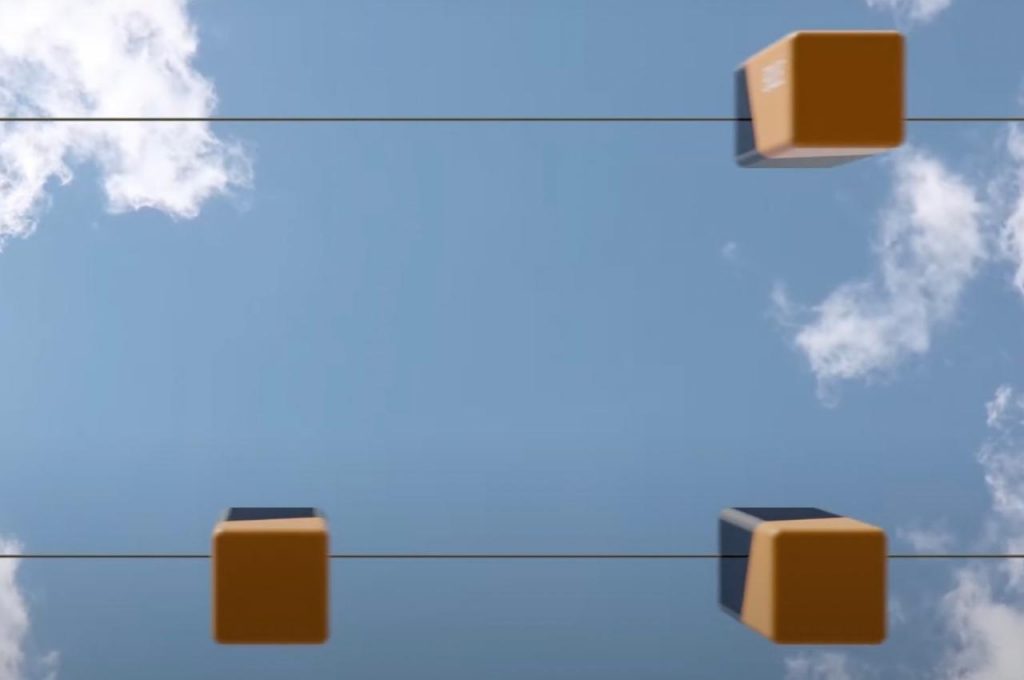
Halfgrid by Half Company
Sustainability and user experience are key drivers of this concept. The pods are engineered to operate “practically silently,” ensuring they contribute no additional noise pollution—an often overlooked but significant urban concern. By shifting both people and packages above ground and off the gridlocked streets, Halfgrid could reduce emissions and improve quality of life. While some may find the height intimidating, the system’s promise of convenience, speed, and environmental harmony marks a bold step toward experimental, tech-forward urban transit.
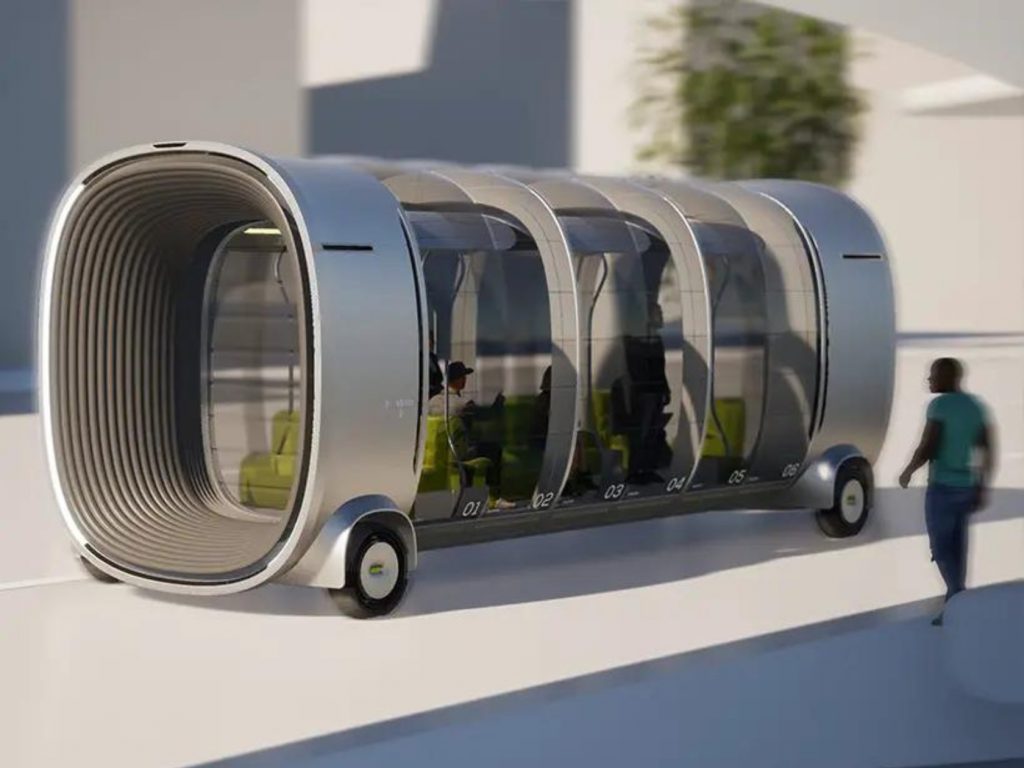
Bubblic Public by Move Lab and ID+IM Design Lab
Not every future-forward solution needs to defy gravity; some reframe what’s possible with lightweight materials, adaptable architecture, and modular thinking. The Bubblic Public system, developed by Move Lab and ID+IM Design Lab, is a prime example of this grounded innovation: a soft, shape-shifting transit unit that’s as playful as it is practical.
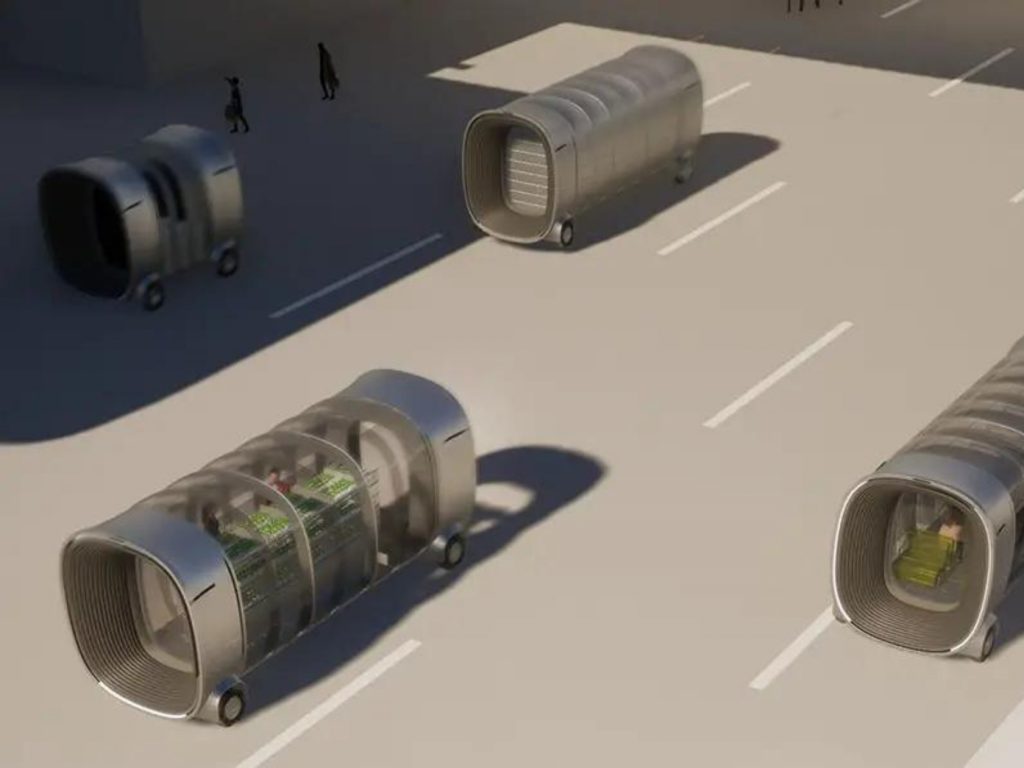

Bubblic Public by Move Lab and ID+IM Design Lab
Inspired by the ephemeral nature of bubbles—appearing as needed and adapting to their surroundings—Bubblic Public proposes a fleet of lightweight, on-demand vehicles with highly flexible use cases. Built around a bamboo stem-inspired chassis and outfitted with inflatable elements, each “bubble” can change form based on real-time demand. From personal transport to package delivery to mobile farming unit, the vehicle’s design transforms fluidly to accommodate its user’s purpose. Military-grade TPU ensures durability, while the modular construction allows for easy part replacement and recycling, underscoring the project’s commitment to sustainability and accessibility.
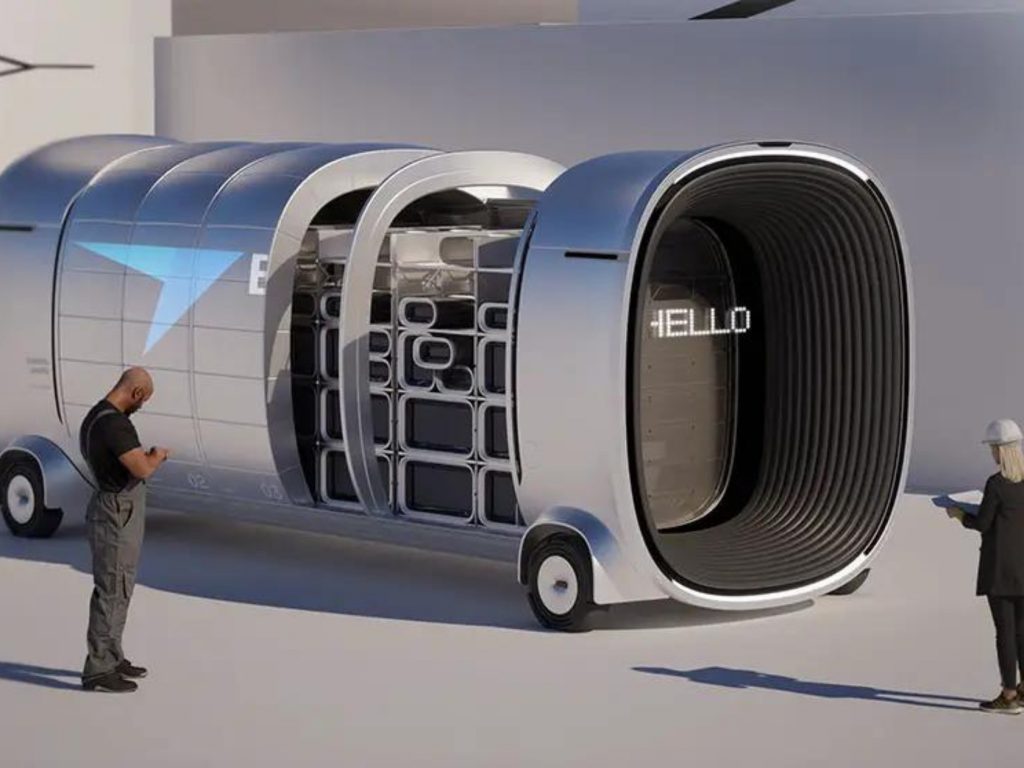
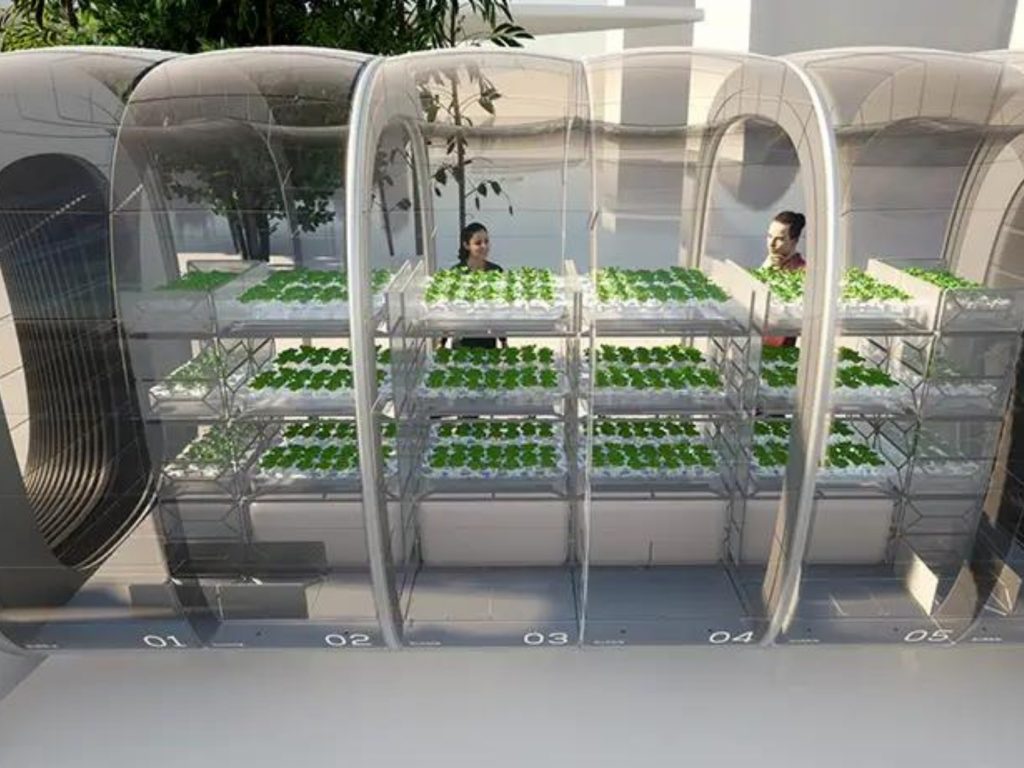
Bubblic Public by Move Lab and ID+IM Design Lab
The innovation doesn’t end with the hardware. An integrated app enables users to hail a vehicle, join ride-sharing groups, or customize the unit’s configuration for specific needs. Whether serving as a pop-up delivery pod or a passenger ride with inflated seating and open-air flexibility, Bubblic Public aims to reduce unnecessary bulk in urban transport and maximize resource efficiency. It offers a compelling vision of a city where mobility is as adaptable as human activity—a future not defined by flying cars, but by systems that respond intelligently and sensitively to how we live, move, and share space.